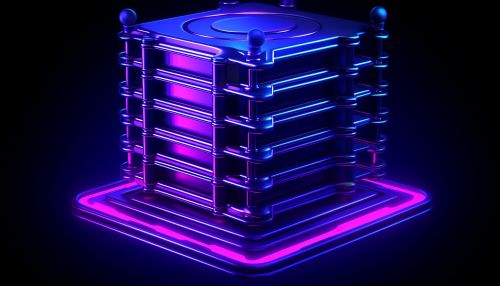Stack (abstract data type)
Definition
A stack is an abstract data type that serves as a collection of elements, with two principal operations: push, which adds an element to the collection, and pop, which removes the most recently added element that was not yet removed. The order in which elements come off a stack gives rise to its alternative name, LIFO (last in, first out). Additionally, a peek operation may give access to the top without modifying the stack[1](https://www.cs.cmu.edu/~adamchik/15-121/lectures/Stacks%20and%20Queues/stacks.html).


History
The stack data structure has its roots in the early days of computer science, where it was used in algorithmic theory and computing. The concept was first introduced by Alan M. Turing in 1946, during his work on the ACE machine[2](https://www.computerhistory.org/storageengine/turing-proposes-the-ace/).
Operations
Stacks have several fundamental operations, including:
- Push: Adds an element to the top of the stack.
- Pop: Removes an element from the top of the stack.
- Peek or Top: Returns the top element of the stack.
- isEmpty: Checks if the stack is empty[3](https://www.cs.usfca.edu/~galles/visualization/StackArray.html).


Implementation
Stacks can be implemented using an array or a linked list. The choice of implementation can have a significant impact on the performance of the operations. For example, in an array implementation, the push operation involves incrementing the top index and adding the element at the new top index, whereas in a linked list implementation, the push operation involves adding a new node at the head of the list[4](https://www.geeksforgeeks.org/stack-data-structure/).
Applications
Stacks are used in many areas of computing, including:
- Memory management: Stacks are used in memory allocation and deallocation. When a function is called, its variables are pushed onto a stack, and when the function exits, its variables are popped.
- Expression Evaluation: Stacks are used in compilers for syntax checking and evaluating arithmetic expressions.
- Backtracking: Stacks are used in algorithms that involve searching or backtracking, such as depth-first search[5](https://www.cs.princeton.edu/~rs/AlgsDS07/01UnionFind.pdf).


Advantages and Disadvantages
Stacks offer several advantages, including simplicity of design and efficient memory usage. However, they also have disadvantages, such as limited access to elements and potential for overflow in array-based implementations[6](https://www.studytonight.com/data-structures/stack-data-structure).
See Also
References
1. [Stacks and Queues](https://www.cs.cmu.edu/~adamchik/15-121/lectures/Stacks%20and%20Queues/stacks.html) 2. [Turing Proposes the ACE](https://www.computerhistory.org/storageengine/turing-proposes-the-ace/) 3. [Stack Array Visualization](https://www.cs.usfca.edu/~galles/visualization/StackArray.html) 4. [Stack Data Structure](https://www.geeksforgeeks.org/stack-data-structure/) 5. [Union-Find Algorithms](https://www.cs.princeton.edu/~rs/AlgsDS07/01UnionFind.pdf) 6. [Stack Data Structure](https://www.studytonight.com/data-structures/stack-data-structure)
